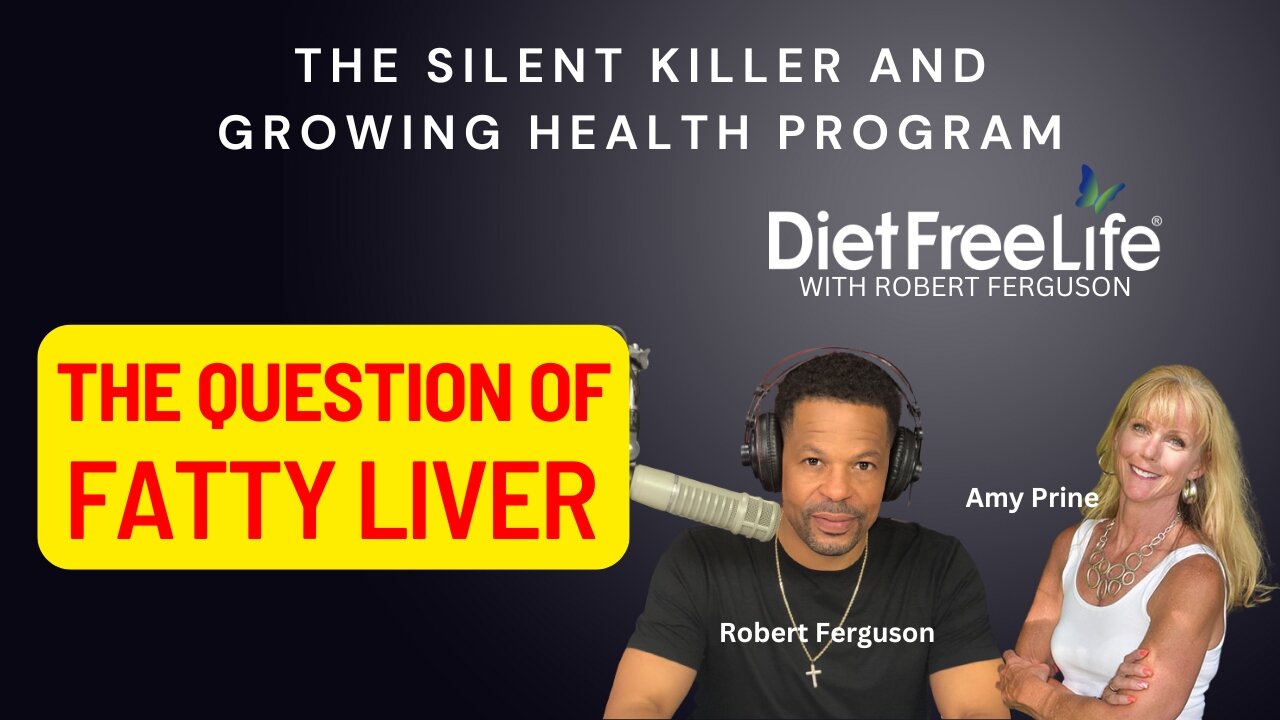Premium Only Content

The Silent Killer and Growing Health Problem
High fructose corn syrup (HFCS) was approved for human consumption by the U.S. Food and Drug Administration (FDA) in 1976. Following its approval, HFCS quickly became a popular sweetener in the food and beverage industry due to its cost-effectiveness and ease of use compared to traditional sugar.
One of the first major products to use HFCS was Coca-Cola, which transitioned from cane sugar to HFCS in 1980. This shift marked the beginning of widespread use of HFCS in processed foods and beverages, contributing significantly to the average American's sugar intake.
The introduction of HFCS into the food supply in the late 1970s closely coincides with the emergence of nonalcoholic fatty liver disease (NAFLD). In 1979, NAFLD was virtually unknown, with no recorded diagnoses. However, today, nearly half of all adults in the United States are affected by this condition. NAFLD is characterized by the buildup of fat in the liver in individuals who consume little to no alcohol. It can lead to serious liver diseases, including cirrhosis and liver cancer.
The rise of NAFLD alongside the increased use of HFCS suggests a strong correlation between the two. Research has shown that the higher fructose content in HFCS can lead to fat accumulation in the liver, contributing to the development of NAFLD. While other factors like increased caloric intake and sedentary lifestyles also play a role, the introduction of HFCS into the American diet stands out as a significant turning point in the prevalence of this liver disease. This correlation highlights the importance of understanding the long-term health impacts of dietary changes, particularly those involving widespread additives like HFCS.
Watch free mini-seminar on the #1 Supplement that benefits everyone: https://www.mydietfreelife.com/balanceoil-with-omega3
Contact Amy Prine at https://amyprine.com/
Contact Robert Ferguson at https://dietfreelife.com
-
 LIVE
LIVE
Rance's Gaming Corner
1 hour agoTime for some RUMBLE FPS!! Get in here.. w/Fragniac
1,272 watching -
 23:55
23:55
CartierFamily
2 days agoElon & Vivek TRIGGER Congress as DOGE SHUTS DOWN Government
6.29K18 -
 5:43:44
5:43:44
Scammer Payback
2 days agoCalling Scammers Live
99.9K17 -
 18:38
18:38
VSiNLive
1 day agoProfessional Gambler Steve Fezzik LOVES this UNDERVALUED Point Spread!
79K10 -
 LIVE
LIVE
Right Side Broadcasting Network
10 days agoLIVE REPLAY: President Donald J. Trump Keynotes TPUSA’s AmFest 2024 Conference - 12/22/24
7,923 watching -
 4:31
4:31
CoachTY
19 hours ago $16.87 earnedCOINBASE AND DESCI !!!!
65.5K8 -
 10:02
10:02
MichaelBisping
18 hours agoBISPING: "Was FURY ROBBED?!" | Oleksandr Usyk vs Tyson Fury 2 INSTANT REACTION
37.2K8 -
 8:08
8:08
Guns & Gadgets 2nd Amendment News
2 days ago16 States Join Forces To Sue Firearm Manufacturers Out of Business - 1st Target = GLOCK
72.3K65 -
 10:17
10:17
Dermatologist Dr. Dustin Portela
2 days ago $16.41 earnedOlay Cleansing Melts: Dermatologist's Honest Review
116K6 -
 1:02:20
1:02:20
Trumpet Daily
2 days ago $36.49 earnedObama’s Fake World Comes Crashing Down - Trumpet Daily | Dec. 20, 2024
74.9K52